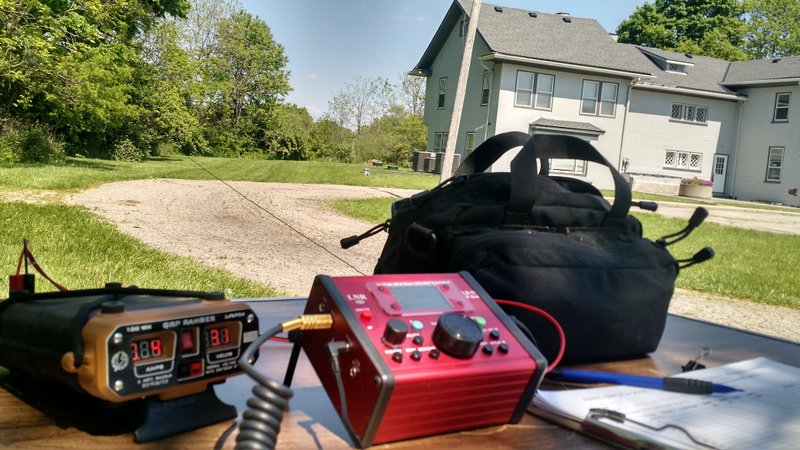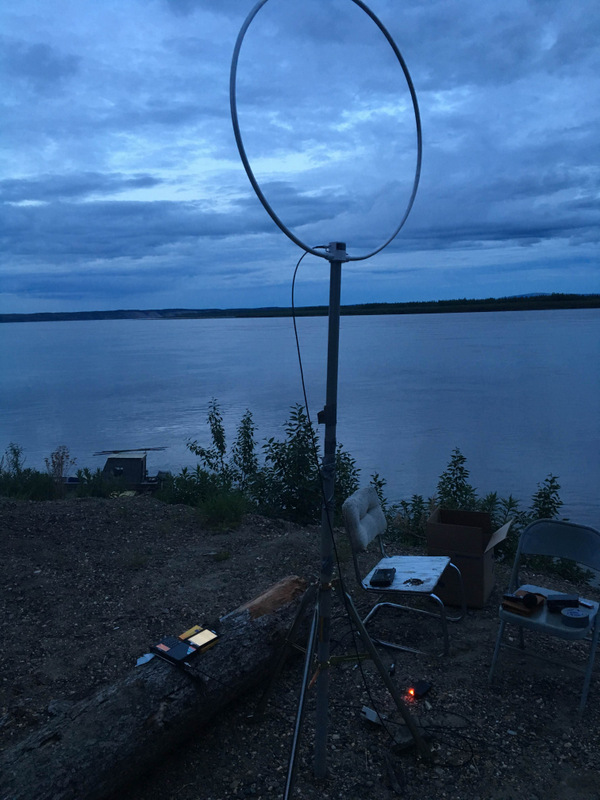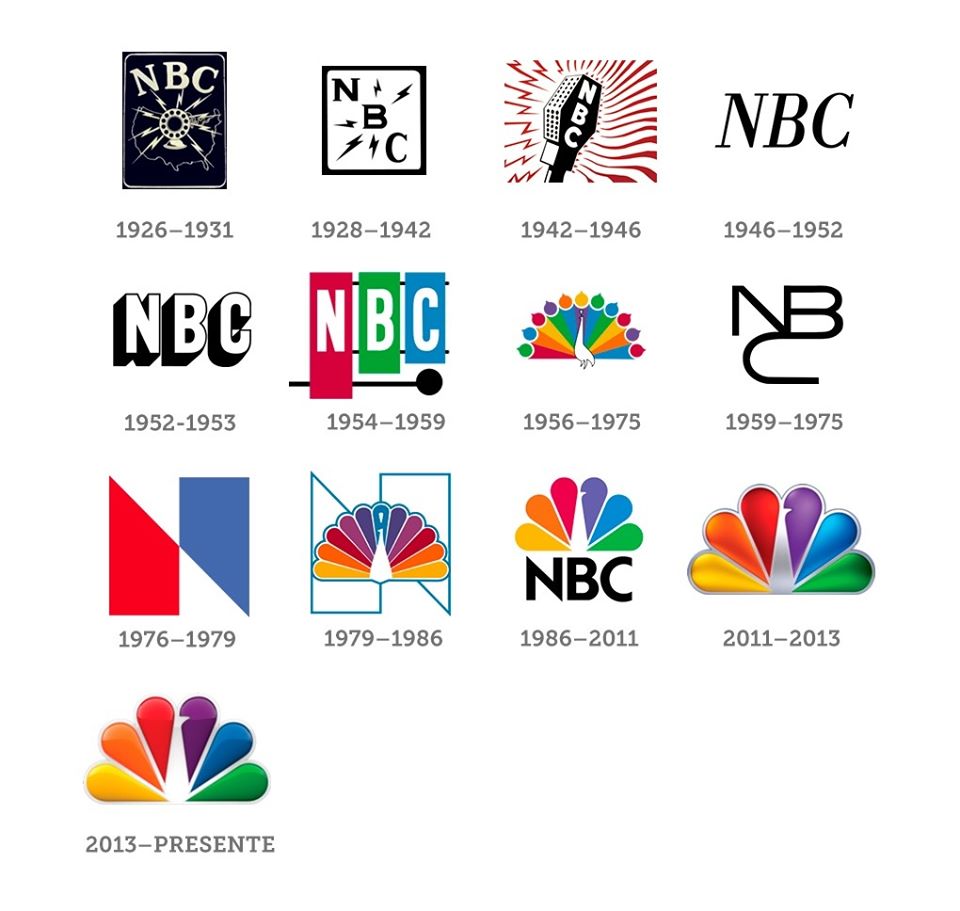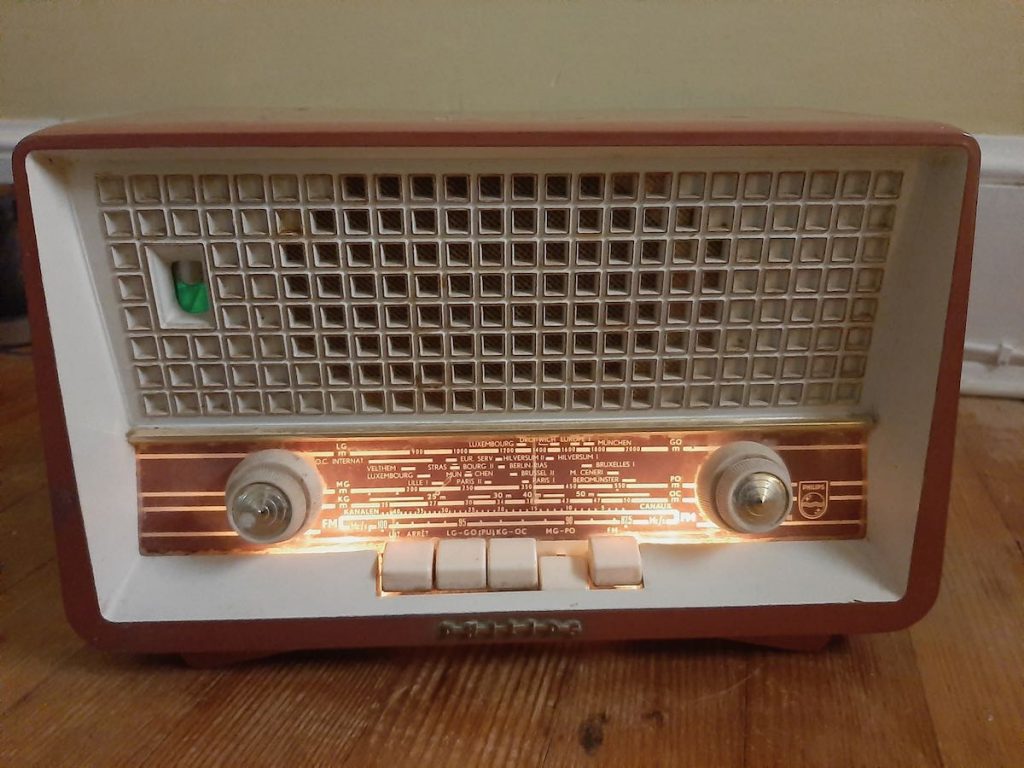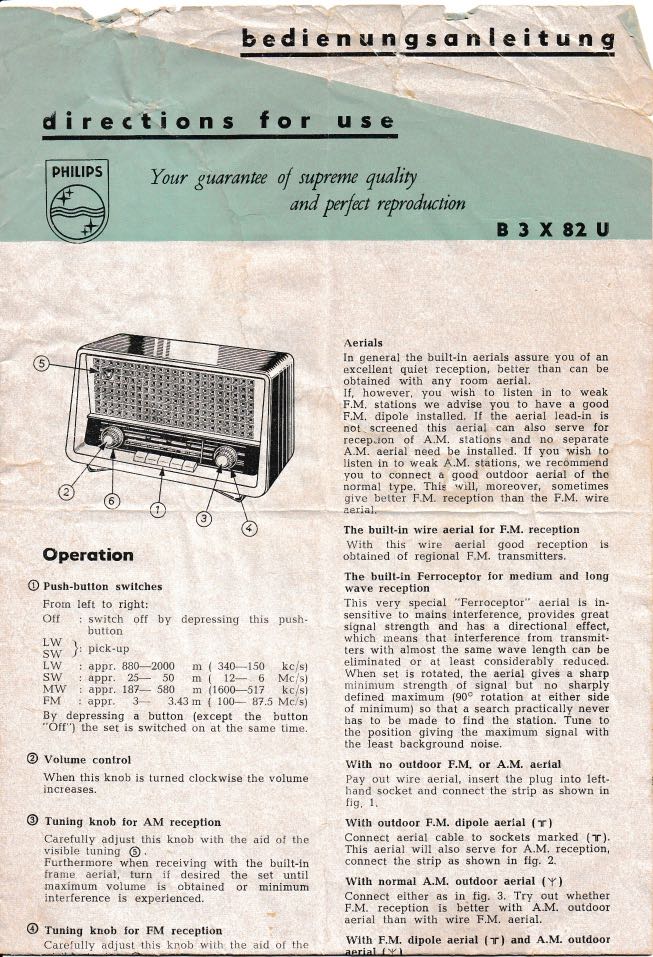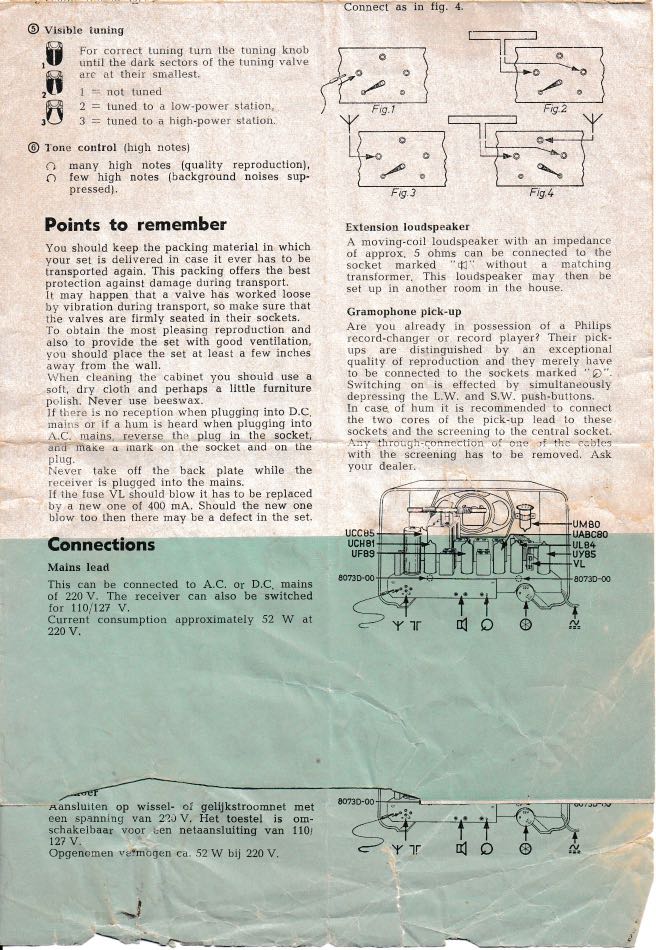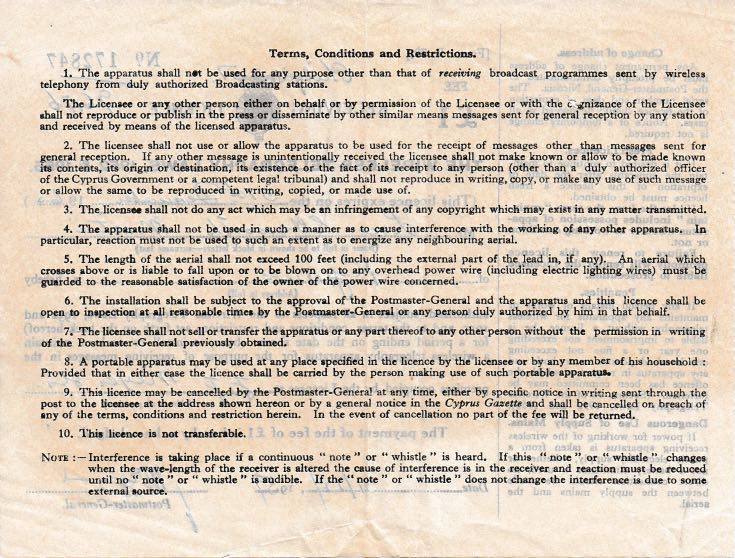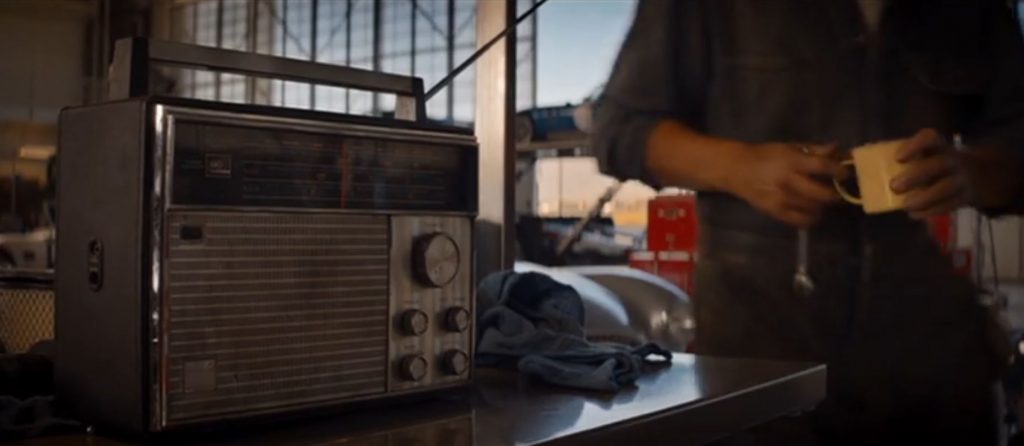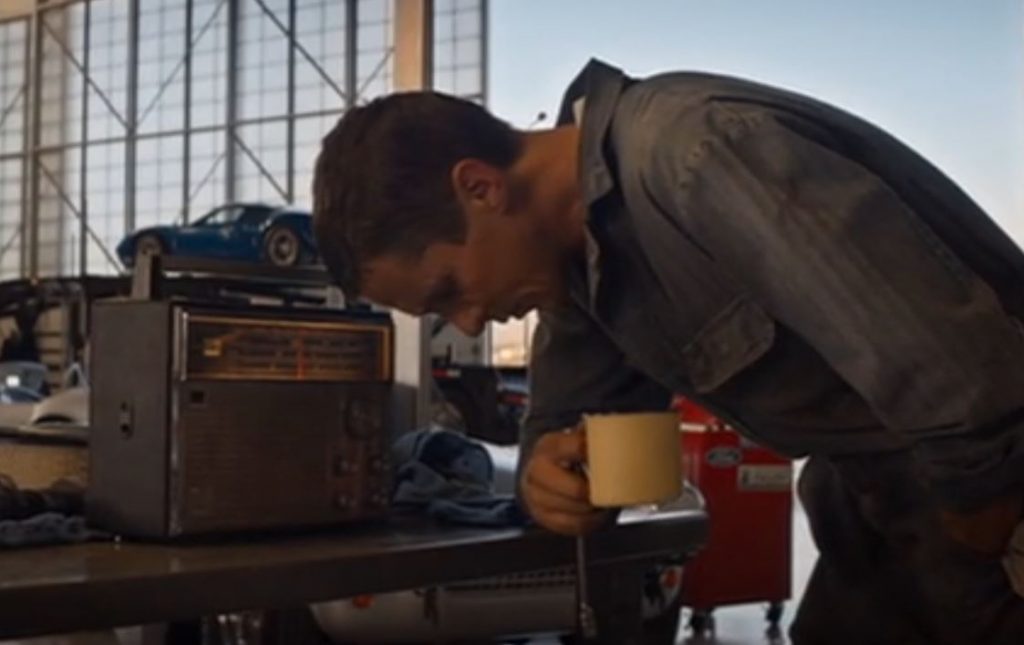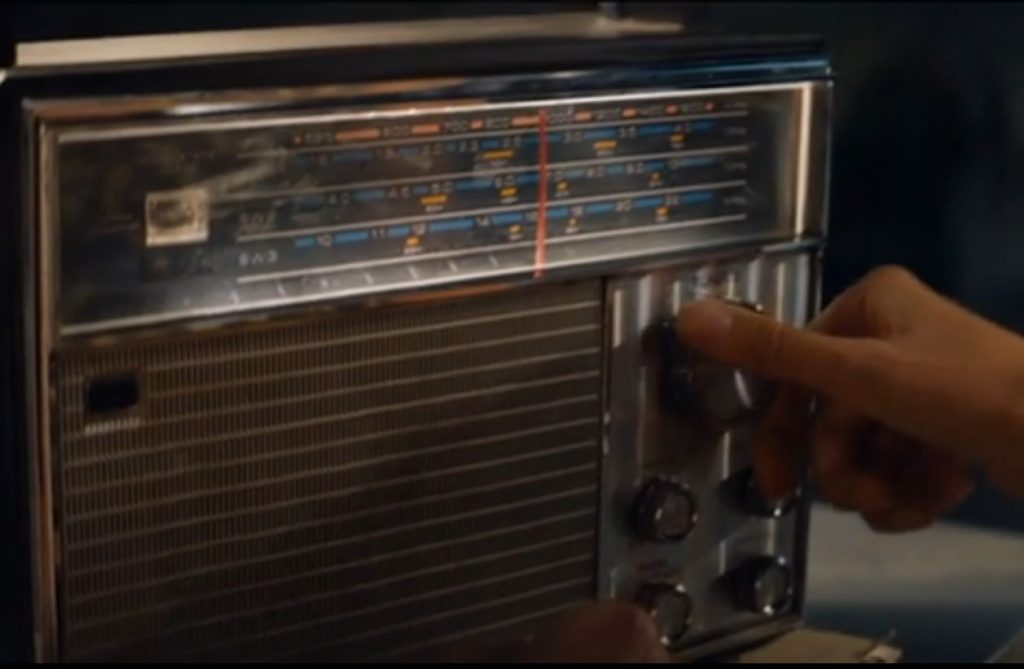Many thanks to SWLing Post contributor, Mario Filippi (N2HUN), who shares the following guest post:
Emergency Alert Stations: A great source of local information
by Mario Filippi
During the pandemic a source of local information for residents in certain areas of the country can be found on Emergency Advisory Radio stations that dot the country and provide 24/7 information pertinent to a community. Not all communities have these stations, which can be found from 1610 – 1710 kHz and operate at varying power outputs.
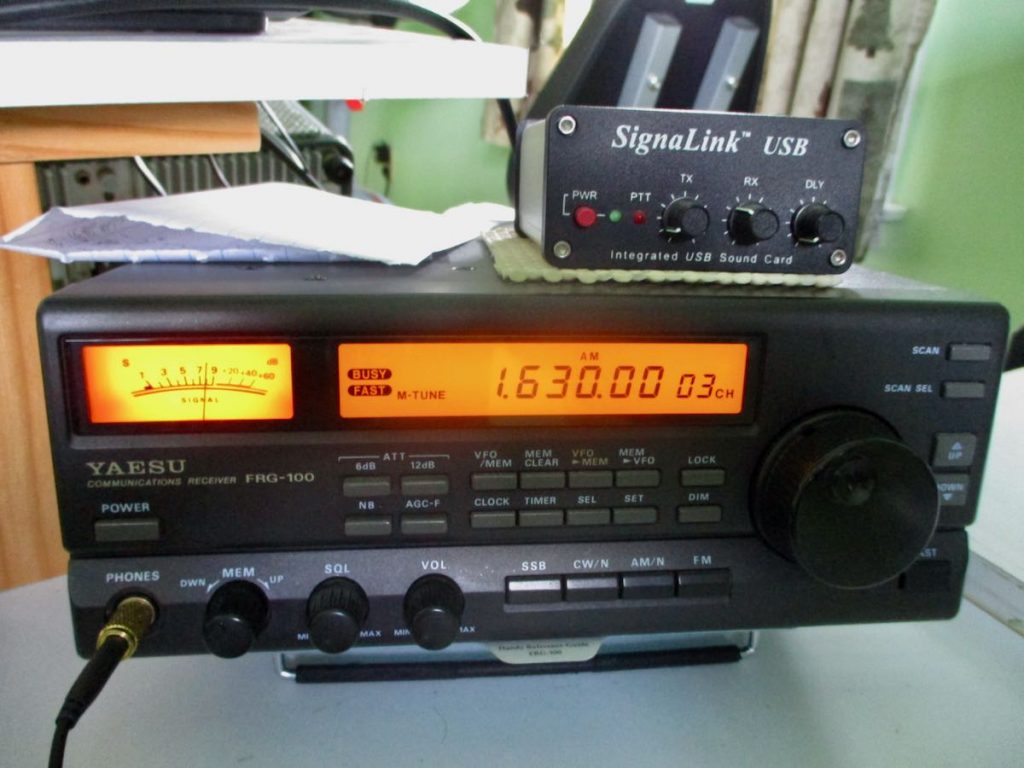
Author’s Yaesu FRG-100 tuned to EAS station
For example, a station I regularly hear is WRBX655 about 12 miles away in Franklin Township, NJ operating on 1630 kHz : https://www.franklintwpnj.org/Home/Components/News/News/6384/1130?cftype=News
At the moment it is broadcasting information on COVID-19 from the Center for Disease Control. Every EAS station has a call sign and wattage generally is from about 10 – 50 watts. However some stations do not necessarily announce their call signs so you can check theradiosource at: http://www.theradiosource.com/resources/stations-alert.htm
Now some of these stations are part of the HAR (Highway Advisory System) that broadcast on major roadways and usually have prominent road signs announcing where to tune your car’s AM radio for latest traffic conditions. These stations were also termed TIS (Traveler’s Information Stations) at one time and were the precursors of HAR. However, over the years the FCC allowed more leeway on what information could be broadcast and as a result these EAS stations appeared in communities and even state parks.
You can look up the locations of these stations to ascertain if one serves your community but the best way is to tune regularly from 1610 – 1710 kHz. The optimal time to listen is during daylight hours as propagation changes greatly after dark and you’ll hear commercial AM radio stations coming in and overpowering most EAS. As for range, I’ve heard HAR stations as far away as 40 miles depending on ground wave conditions which can vary greatly. QSB is common. Many of these stations will rebroadcast NWS weather information when no pertinent emergencies exist and that is another way to spot them. Some highway stations I’ve heard will begin each broadcast loop with a tone, they’re all different in their approach.
Attached [at the top of the page] is a picture of the author’s Yaesu FRG-100 tuned to WRBX655 from Franklin Township, New Jersey. For an antenna I’ve used a 31 foot vertical and a loop and success will depend on using an outdoor antenna but when away from the home QTH, I’ve heard many of these stations while traveling on the roadways of America, They’re a good break casual AM radio listening. Give it a try.
Thank you, Mario! I must admit that when I travel, I often hunt down EAS transmitters via my car’s AM radio. Besides being a good source of local information, I do know some DXers who’ve identified and logged an impressive number of distant stations when conditions were ideal.
If you live outside the US, do you have similar networks for local information? Please comment!



